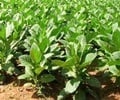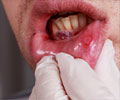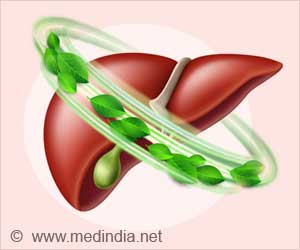
"This is the first example of a strong oral cavity carcinogen that's in smokeless tobacco," said Stephen Hecht, Ph.D., who led the study.
"Our results are very important in regard to the growing use of smokeless tobacco in the world, especially among younger people who think it is a safer form of tobacco than cigarettes. We now have the identity of the only known strong oral carcinogen in these products," Hecht added.
Evidence has been accumulating for years that people who use smokeless tobacco have an increased risk of cancer of the mouth, esophagus and pancreas. Scientists also knew that smokeless tobacco users are exposed to a variety of carcinogens and experience some damage to their genetic material impairing its normal function.
But until now, no substance in these products was clearly implicated as a cause of mouth cancer, explained Hecht, who is at the University of Minnesota.
Hecht's team identified the culprit as (S)-NNN, one of a family of hundreds of compounds called nitrosamines, most of which are carcinogenic, capable of causing cancer. Nitrosamines occur in a variety of foods, ranging from beer to bacon, and also form naturally in the stomach when people eat foods containing high levels of nitrite. But nitrosamine levels in smokeless tobacco are far higher than in food.
Advertisement
"The most popular brands of smokeless tobacco that are sold in the U.S. have unacceptably high levels of this particular carcinogen," explained Hecht.
Advertisement
Hecht added that removing (S)-NNN from these products is feasible. In fact, some products on store shelves today have reduced levels of the carcinogen.
(S)-NNN also is in cigarettes and other smoked tobacco items, and he suggested that the substance be regulated in these products, as well.
The researchers reported the finding at the 244th National Meeting and Exposition of the American Chemical Society, the world's largest scientific society.
Source-ANI














